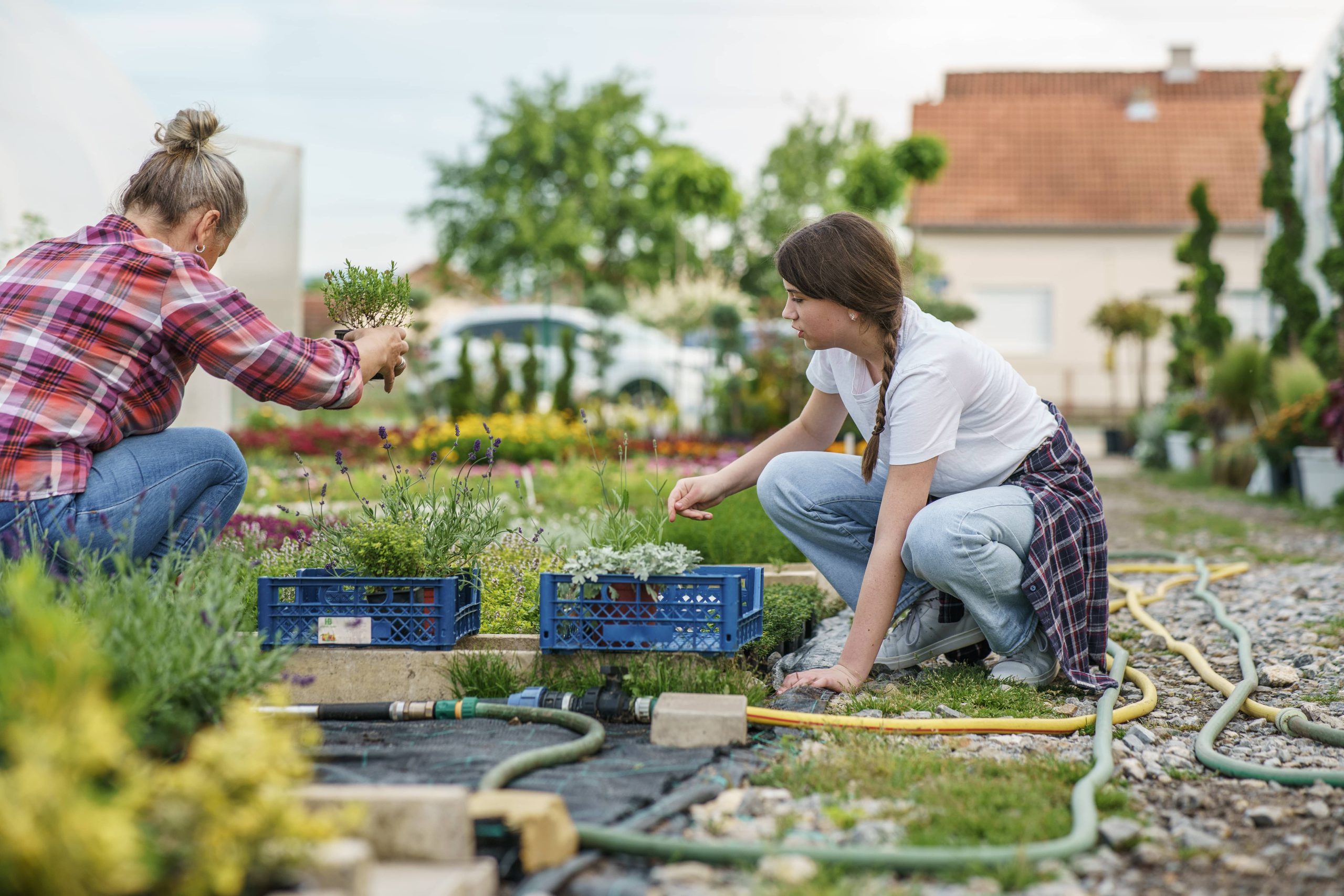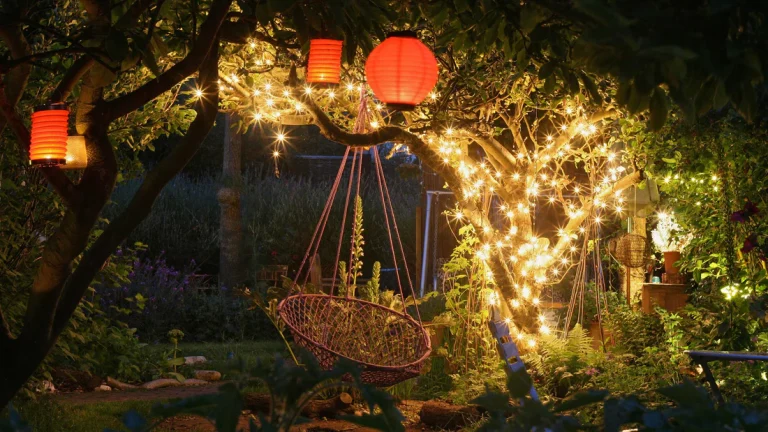
Transforming your backyard into an inviting oasis doesn’t have to come with an extravagant price tag. Imagine cozy gatherings, roasting marshmallows, and storytelling under the stars, all centered around a warm fire pit. Building a backyard fire pit is an achievable DIY project that can elevate your outdoor space and become the focal point for future gatherings. In this guide, I’ll walk you through how to construct an affordable backyard fire pit that not only complements your outdoor aesthetics but also fits within a budget.
Step 1: Planning and Designing Your Fire Pit
Before diving into construction, a bit of planning is crucial. Begin by deciding where you want your fire pit to go. Safety is paramount, so choose a spot away from overhanging trees, your house, or any structures that could catch fire. Ensure it’s placed on a flat area and is level for stability.
The next step is to determine the size and shape of your fire pit. While circular designs are traditional and popular due to their natural aesthetic, square and rectangular shapes can provide a modern touch. A diameter of three to four feet is a comfortable size for most backyard gatherings.
Step 2: Gathering Materials and Tools
Building a fire pit can be done using various materials, but to keep costs down while ensuring durability, concrete pavers or bricks are excellent choices. Here’s what you’ll need:
– Concrete retaining wall blocks or bricks (about 36-48, depending on size)
– Fire-resistant bricks or a metal fire ring for the inner circle
– Construction adhesive
– Gravel or lava rocks
– Sand
– Shovel
– Level
– Tape measure
– Spray paint or a marker
– Tamper or hand tamper
Many of these materials can be found at your local home improvement store or even online. If buying new bricks strains your budget, consider searching for reusable materials from construction yards or online marketplaces.
Step 3: Laying the Foundation
Once materials are gathered, it’s time to break ground. Start by outlining the shape of your fire pit using spray paint or a marker. Measure from the center and extend out to the desired radius, marking a complete circle.
After marking your outline, dig down four to six inches deep within the circle. This excavation provides space for a solid base to support the weight of the pit structure.
Step 4: Building the Base
First, lay about two inches of gravel (or lava rocks) at the bottom of the pit. Use a tamper to compress the gravel, creating a sturdy, stable base essential for water drainage and preventing the fire pit from shifting over time.
Next, add a layer of sand over the gravel, leveling it with a rake or by hand. This sand layer will offer additional stability and allows for easy adjustments to imperfections during construction.
Step 5: Constructing the Fire Pit Walls
Now comes the exciting part — building the walls. Place your first ring of bricks or pavers on top of the sand layer around the circle’s edge, using a level to ensure they’re even. Adjust as necessary by adding or removing sand.
Continue by stacking the bricks in a second row in a staggered pattern; this means each brick sits over the seam of two bricks below, creating extra structure and stability. Use construction adhesive between the bricks for a secure bond.
When your wall reaches desired height (typically two or three rows), inspect the structure for stability. For added safety and aesthetics, consider inserting fire-resistant bricks or a metal fire ring inside the wall as a liner. This step helps to protect the structure from excessive heat and extends the fire pit’s lifespan.
Step 6: Filling the Fire Pit
Finally, fill the inside of your fire pit with about two to three inches of gravel or lava rocks. These materials are excellent for drainage and ensure that your fire pit remains operational even after rain. Additionally, these components facilitate airflow, keeping your fire burning steadily.
Step 7: Finishing Touches
With construction complete, add some extra touches to transform your fire pit into the backyard centerpiece. Surround the pit with outdoor furniture where friends and family can comfortably sit. Consider setting large stones or benches around the pit for that rustic look, or add comfortable chairs and cushions for a cozier vibe.
If you want to extend your theme further, consider landscaping with heat-tolerant plants, integrating pathways using stone or gravel, or incorporating solar-powered lights to illuminate the area at night.
Conclusion
Creating a fire pit in your backyard doesn’t have to be a daunting or expensive endeavor. With careful planning and a bit of elbow grease, you can construct a beautiful and functional fire pit that enhances your outdoor living experience. Whether enjoying it yourself or using it as a gathering spot for friends and family, a fire pit is an investment in relaxation and fun.
By following these steps, you can ensure your DIY project not only stays within budget but also stands as a testament to your creativity and hard work. So gather your materials, invite a few friends to help, and enjoy the satisfaction of a project well done. Your backyard paradise awaits!













